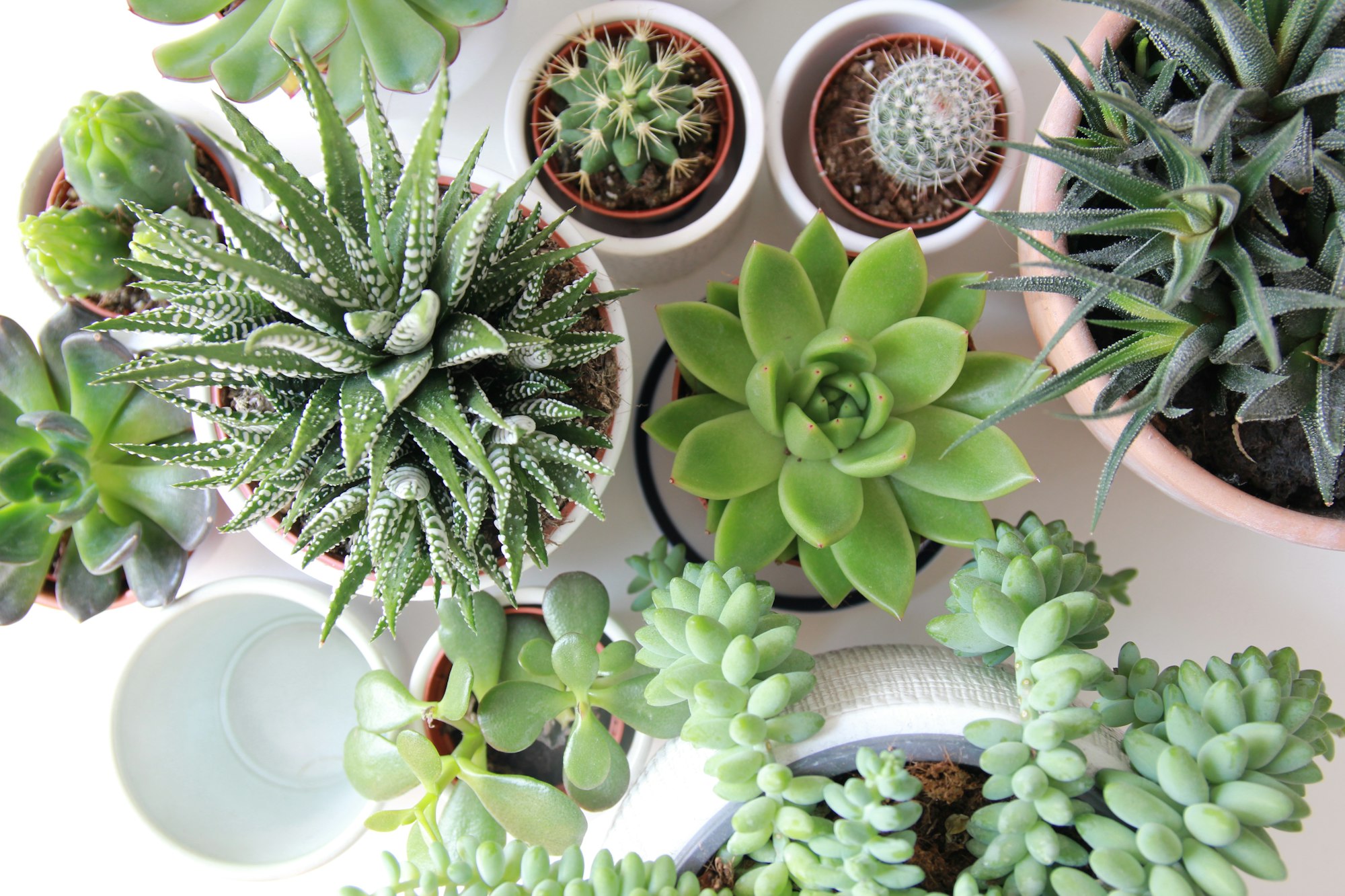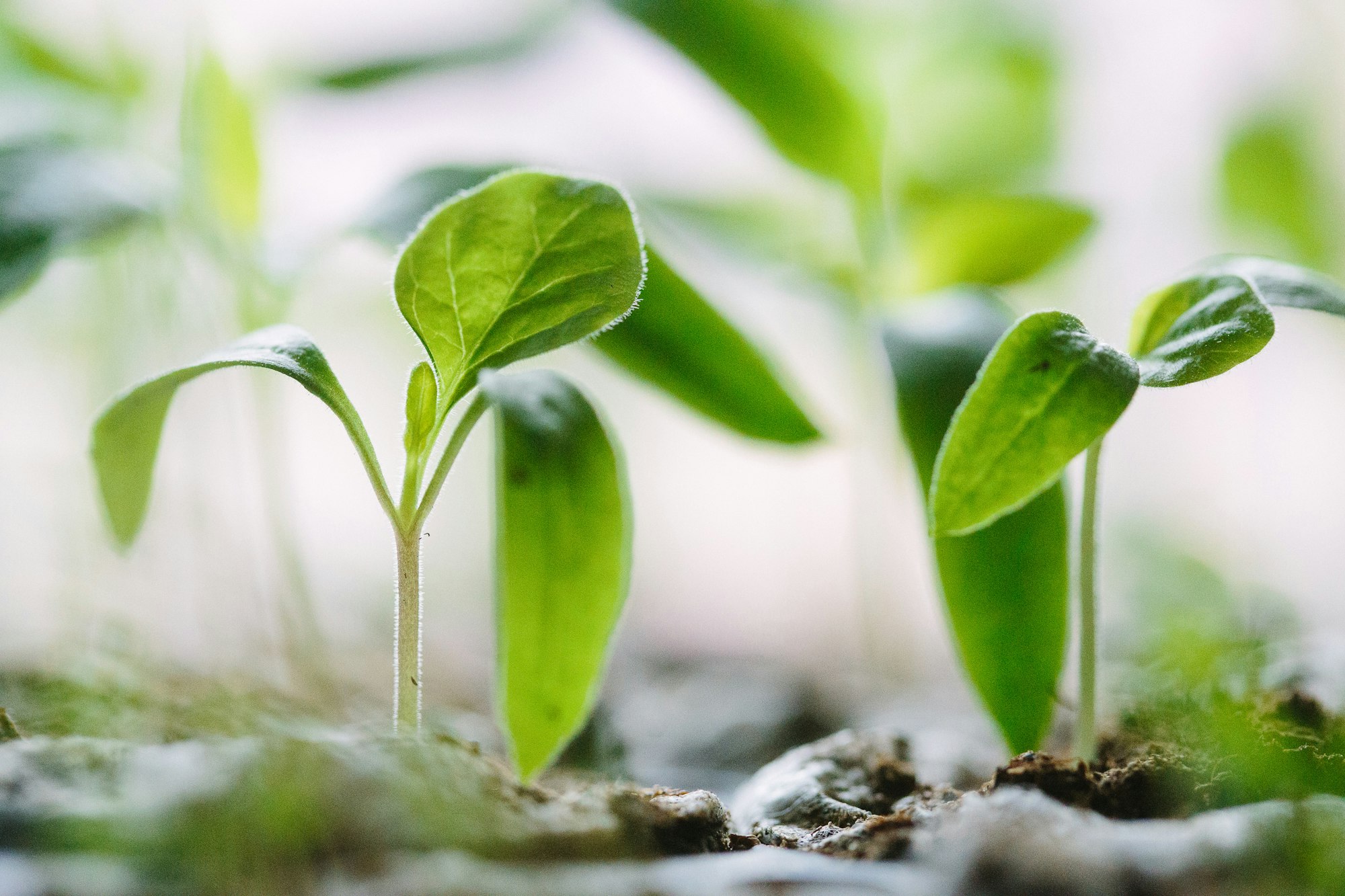Walking Through Forestry And Leaf Morphogenesis

Ever wondered why leaves have different shapes? Because there's a bunch of them. Southern magnolias (Magnolia grandiflora) have smooth ovate leaves; common hollies (Ilex aquifolium) sport elliptical leaves with widely spaced spines around the edges; and the ones in sugar maples (Acer saccarum) are hierarchically lobed. Amongst the less temperate species, we see pines growing needles and palm trees with entire mermaid tail-shaped leaves, such as in the necklace palm (Chamaedorea geonomiformis). And that's only mentioning the trees!
If you follow me on social media, you might be aware that I am quite enthusiastic about my walks. Every week, I make it a priority to find a few slots to go to the local park and just walk around the place, enjoying the greenery and sunshine when London allows it. When I'm alone, I occasionally also put on some music to accompany the scenery. Not only is the routine good for exercise, I also find that it gives you some wonderful opportunities for introspection away from work - which is probably something that everyone could use here and then.

Alongside giving you some space to think, wandering in a nice park often lets you see a variety of plant species decorating the place. Although these don't often feature all the trees written above, a dedicated search will offer a far wider range of plants and shapes than one might expect. Even grasses and the common daisies grant diversity to our world, with each bearing linear and spoon-like leaves respectively. Indeed, you can often find interesting things in all of nature. Like the Australian writer Clara Coltman Vyvyan once said:
“As one grows older one should grow more expert at finding beauty in unexpected places, in deserts and even in towns, in ordinary human faces and among wild weeds.”
An Adaptive Morphology
Different plant species have evolved their own leaf morphology over time in response to their environment. In order to lessen water loss in arid and hot locations, for example, a population might have evolved through natural selection to have smaller leaves with less surface area. This decreases the water lost as a result of transpiration, which is where vapour would usually be exchanged with carbon dioxide in the atmosphere to generate sugars via photosynthesis. In the case of cactuses in the desert, they have completely replaced their leaves with the spines synonymous to their name, thereby allowing them to conserve more water (particularly since the spines are supposed to reduce air flow around a cactus) while warding off any pesky herbivores in their surroundings.
The relationship between temperature and leaf morphology is so evident, in fact, that previous studies have even shown direct relationships between leaf surface area and ambient temperature within the same species. One such experiment took place in China a few years ago, whereby researchers from the Northwest A&F University analysed a sample of 116 Chinese jujube (Ziziphus jujuba) varieties grown at 33 sites in China and compared them together. They had wanted to see how each location's mean annual temperature (MAT) and precipitation (MAP) would affect each jujube's leaf morphopology, which is usually ovate or spear-shaped. Consequently, they saw the following: while the leaf area and perimeter definitely decreased at higher temperatures with lower amounts of rainfall, the vein density and vein length in the leaves actually decreased as MAT and MAP increased. Conversely, the leaves' index of size-independent shape (perimeter²/area) rose with both MAT and MAP.
The results may be explained by the plants' adaptive responses to their environment. If we take the maximum air temperature to be around 40ºC - i.e., approaching the boundary of habitable conditions for jujube trees - then smaller leaf sizes would be preferable to conserve water in hotter and drier conditions. Equally, since longer and more closely packed veins are associated with higher transpiration rates, these must typically be reduced in hotter environments. Alas, plants require better venation networks when their water supply is small, and warm locations typically come with dry living conditions. In other words, a compromise must be met.

That said, plants that are specialised in surviving warm, desiccated environments (called xerophytes) sometimes have clever ways of surpassing this conundrum. We already looked at cactuses, but desert-dwelling species also include the succulents. By definition, these are drought-resistant plants that have developed thick leaves, roots and stems to prevent water from evaporating through the skin. The Crassula ovata and Aloe vera are two such succulents, with the latter containing a slimy tissue that allows it to better store water (and which is very popular as a gel for skin conditions!).
Other common traits in desert-dwelling plants include longer and shallower roots (absorbing rain water as soon as it enters the soil), smaller surface areas, and waxy skin cuticles to again reduce water loss. All are traits that promote complex vein networks. Interestingly, previous studies have linked greater vein densities in plants to longer lifespans, likely because a higher number of veins provides redundant pathways around damaged sites or embolisms to spread water and nutrition even during drought. (Note that plant veins are composed of both water-transporting xylem vessels and sugar-transporting phloem, alongside some auxiliary cells that help in the overall movement of the vascular system.)
Going back to leaf morphology, however, let's look at the aforementioned index of size-independent shape. When this index is bigger, it essentially tells us that the flat blade of a leaf (known as the lamina) is less round, often with a number of lobes or an asymmetric shape corresponding to it. A circular nasturtium leaf, in this sense, would have a lower index than a star-shaped sweetgum leaf. Less circular leaves tend to have more venation than their rounded counterparts, often featuring more primary and secondary veins running along the lamina. This frequently causes the mesophyll cells responsible for most photosynthesis in the leaf to be closer to the central veins in the network, allowing them to quickly receive water before it can evaporate out of the stomatal pores. This is particularly important in hot and humid places where it is difficult to cool down and obtain carbon dioxide from the air, requiring a plant to develop thinner boundaries for increased gas exchange rates and convective cooling.

And so we grasp the intended function of shapes in leaf morphology. They don't become ovate, serrated, lobed or needle-shaped because of how they look; they do it to survive. What decides which form a plant takes, then? Or how spread out veins in a leaf are supposed to be? Well, as with most things in life, it all comes down to their biochemistry.
Plant Architects
Before getting to the molecular details of leaf morphology, it is important to understand that leaves are collections of different tissues of cells that act for a unified purpose: to photosynthesise. Leaves are considered the photosynthetic organs of a plant, in a similar way that mouths would mainly be considered organs designed for the ingestion of food. Layer by layer, leaves are composed of a waxy cuticle at the top, followed by the upper epidermis, the mesophyll layer, the lower epidermis (where stomata occur) and another waxy cuticle at the bottom. The mesophyll layer is further divided into the palisade cells (meant for photosynthesis and hence located directly under the upper epidermis) and the spongy cells. Since spongy cells are spaced apart from each other, this leaves room for gases to diffuse and the veins to grow perpendicular to the layers.
Clearly, the tissue organisation in a leaf can be quite complex. To give rise to it, a plant must therefore have ways to 'plan out' its body as it grows. Many decades of research have provided much evidence for this phenomenon, albeit without proving any kind of conscious decisions taken by plants. Instead, it would appear that all plants are designed from what in classical literature is known as the apical meristem. Defined as the portion of the plant stem situated above the youngest lateral organ primordium (i.e., a leaf or flower in its earliest stage of development), this dome-shaped structure contains only a few hundred cells that together weigh a maximum of 2 micrograms.
In the apical meristem, all cells divide symmetrically. This means that no differentiation takes place, keeping all cells from developing specialised roles and in turn maintaining a reservoir of stem cells. Like their animal equivalent, these have various states of differentiation, but the ones we are most interested in are the totipotent stem cells at the very tip of the meristem. Constituting three or four cells, this minute section has been found to remain mostly unchanged throughout a plant's lifespan - both genetically and in their position in the meristem. While keeping a proverbial eye on the plant's state, they carefully clone themselves so as to displace all the younger generations away from the top and into the stem, always making sure to maintain their own position. Though it's a bit selfish of them, this ruler-like behaviour allows the stem to have organised tissues, resulting in sections like the protoderm - the single-cell thick surface layer of the stem that later forms the epidermis of the leaves. Organised cell division also keeps deleterious mutations at a minimum, with most of them occurring in the subapical cells inside the stem and so not propagating much, providing another reason for why cancer is so rare in plants.

So we know how layered leaves occur. But what about their overarching shape? Analogous to architects, apical meristem cells secrete a variety of phytohormones that incite cells to elongate, contract, weaken or just change in their intracellular chemistry. Some of these are called auxins. Including indole-acetic acid (IAA), auxins are famous for causing plant stems to bend under different light conditions, yet they are in fact also crucial for the formation of axillary meristems...or 'bulges', as we can call them. When stem cells secrete auxins, the molecules are transported from cell to cell using PIN proteins. Passing through the cell membrane, these PIN proteins are arranged in a cell so as to point towards a specific direction. The same is generally true for all plant cells in the stem, so the auxins eventually become more concentrated at the branching site than in the surrounding tissues. As auxins weaken plant cell walls (made of polysaccharides like cellulose), this makes the surface bulge from water pressure. Further hormone interactions extend the vascular system of the plant into the offshoot, which ultimately births the branch and lamina that a leaf then grows from.
Through the expression of genes like YABBY and AIL/PLT, the newly grown mesophyll layer in leaves is split into its consituent palisade and spongy cells. Further auxin signalling subsequently interacts with NAM/CUC proteins to shape the lamina. Depending on the plant species, NAM/CUC pathways are involved in determining either the serration at the margin or how separated compound leaves can be (for example in honey locusts). Being transcription factors, NAM/CUC proteins do this by regulating the expression of certain genes in plant DNA. The details here can get quite pedantic, however, so the main point to understand is that their up-regulation through auxin increases leaf complexity. As such, if you ever feel that your trees' leaf blades are too simple, then now you know why - NAM/CUC have been taking days off.
Ultimately, I find that studying leaf morphology is not only endlessly interesting, it also gives us insight into the mutability of life. Even genetically identical plants do not grow to be the same. Like us, they change and adapt, using their DNA only as a base to build their self upon. And I think that's wonderfully inspiring.
References
- Li, X., Li, Y., Zhang, Z. & Li, X. (2015). Influences of Environmental Factors on Leaf Morphology of Chinese Jujubes. PLOS ONE 10(5):e0127825. Retrieved from https://doi.org/10.1371/journal.pone.0127825
- Wright, I., Reich, P., Westoby, M. et al (2004). The worldwide leaf economics spectrum. Nature 428:821–827. Retrieved from https://doi.org/10.1038/nature02403
- Sack, L., Scoffoni, C., McKown, A. et al (2012). Developmentally based scaling of leaf venation architecture explains global ecological patterns. Nature Communications 3:837. Retrieved from https://doi.org/10.1038/ncomms1835
- Kuhlemeier, C. (2017). Phyllotaxis. Current Biology 27:R882–R887. Retrieved from https://doi-org.iclibezp1.cc.ic.ac.uk/10.1016/j.cub.2017.05.069
- Guo, K., Huang, C., Miao, Y., Cosgrove, D. J. & Hsia, K. J. (2022). Leaf morphogenesis: the multifaceted roles of mechanics. Molecular Plant. Retrieved from https://doi.org/10.1016/j.molp.2022.05.015
- Tomotsugu, K. (2022). Molecular Mechanisms of Leaf Morphogenesis. Multidisciplinary Digital Publishing Institute. Retrieved from 10.3390/books978-3-0365-3162-5
